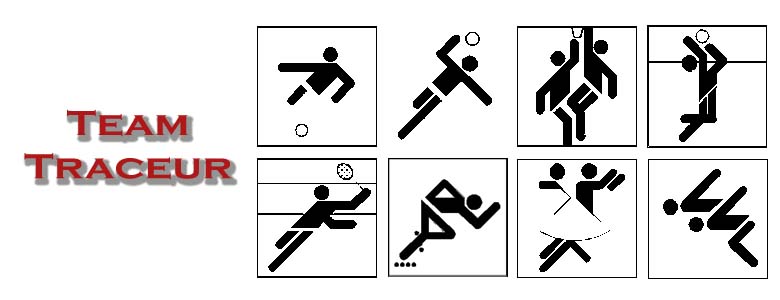Water aerobics, also known as aquarobics, is an increasingly popular form of exercise, especially among seniors. It takes the basic exercise moves from aerobic routines commonly taught in gyms and videos and transfers them to a swimming pool environment to take advantage of water resistance. To learn more about what aquarobics is, how to do it, what the health benefits are for participants, and where you can learn to do aquarobics.
Regular aerobics uses vigorous, repetitious movements of the arms and legs to get the heart and lungs working harder and faster, increasing their endurance over time. Aerobics is an excellent way of staying in shape and toning your muscles without bulking up. You can take lessons at the same place you do your yoga classes or even follow along at home on a video. However, for many people with mobility problems, aerobics is too high impact and may cause injury.
The solution, therefore, was to transfer the aerobic routine into the water. The natural buoyancy of water helps to support water aerobics participants and makes it easier for them to perform the exercise moves without joint pain or the risk of falling down and getting hurt. Many doctors recommend aquarobics to their senior patients over sitting at home in their Toronto real estate as it will keep their endurance up longer and improve their health as well as providing socialization opportunities. Many people we asked tell us that they often attend a class during their afternoon lunch break. Not only do they get in a workout, but the water is invigorating.
But water aerobics is not just for older people. Because water is more viscous than air, performing the same aerobic movements in the water requires more energy than performing them in the air, meaning aquarobics gives you a better workout than regular aerobics. This is ideal for people who spend too much time sitting down to get in a full aerobic workout and for people who want more of a challenge in their fitness routine.
Unfortunately, you cannot do aquarobics at home unless your home or condo complex comes equipped with a swimming pool. Everyone else will have to sign up for classes at their local community center, public pool, or health club. Aquarobics classes are often taught by pool lifeguards who have taken extra training. Some will stay outside of the pool to supervise and demonstrate movements where the group can see, others will get in the pool with the class. Aquarobics is often done in the shallow end where everyone can stand.
| 